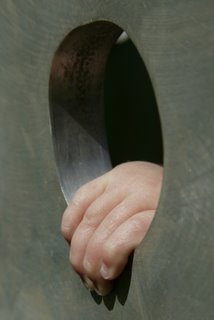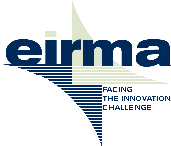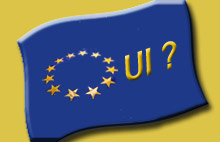Patents as the New China Trade Regulation Instrument
 The common opinion is that the WTO Doha negotiations have failed to accelerate global free trade. However, it is also clear that the commitments accepted by WTO members will ultimately reduce traditional trade barriers such as import duties, quota etc. Specifically for certain technology based sectors (such as ICT products, semiconductors, pharmaceuticals and telecoms) commitments in relation to the reduction of trade barriers such as tariffs are way ahead of the generally agreed pace of tariffs-reduction agreed in the WTO.
The common opinion is that the WTO Doha negotiations have failed to accelerate global free trade. However, it is also clear that the commitments accepted by WTO members will ultimately reduce traditional trade barriers such as import duties, quota etc. Specifically for certain technology based sectors (such as ICT products, semiconductors, pharmaceuticals and telecoms) commitments in relation to the reduction of trade barriers such as tariffs are way ahead of the generally agreed pace of tariffs-reduction agreed in the WTO.
Nevertheless, regional markets such as the EU and the US (NAFTA) will retain an interest in (at least the possibility) to maintain trade barriers. As far as the trade in goods is concerned, these will follow the tradition patterns of levies, duties, minimum safety standards for food etc. However, such barriers are restricted by the WTO commitments of states and markets.
An interesting “mega trend” is the emergence of intellectual property as a trade regulation instrument. There is a good reason why for example the level of IP protection is a continuous topic in trade discussions between the US and China.
China’s position as the “world’s workshop” is based on a significant advantage with regard to manufacturing cost. Generally, one could say that the west has lost the manufacturing game. Chinese made products compete with European and American products on the respective markets.
Although much of China’s current production of technology based products is still originating from the west outsourcing manufacturing, many Chinese operators are leaving the OEM model behind and start introducing their products under their own brands in western markets. Examples are companies like Haier, Huawei and Lenovo.
Traditionally, the influx of cheap products has been countered by safeguards and anti-dumping duties, but these instruments and their application are restricted by WTO agreements. Although they temporarily can reduce the difference in price between local made and foreign products, they do not resolve the difference in the long run.
The discussion between the US and China on IP seems to focus in particular on counterfeiting and the alleged lack of IP protection in China. A closer look, specifically in relation to technology products and patents however, reveals a more complex agenda.
Western economies are knowledge based. There is a long tradition of transforming R&D efforts into patents. This is different in China. Accordingly, in many tech sectors, Chinese companies who want to enter the western market need to license-in technology for their products. The royalties payable under such agreements can significantly increase the basic cost of such products. This reduces the competitive advantage for Chinese exporters which currently mostly is based on lower manufacturing cost. And that provides interesting possibilities to regulate the influx of Chinese products.
The difference of course is that rather than for example import duties, royalties are payments to private enterprises. However, increased royalty payments do not benefit the recipients alone, but also their governments. They increase corporate taxation revenues and contribute to growth and facilitate more jobs. Also, they can assist in restricting market access to foreign products. And being a private sector issue, the commercialization of patents and licensing policies are not restricted by WTO commitments. Rather, TRIPS imposes minimum levels on WTO members than restrictions on their policies.
On the other side, there are signals which seem to confirm that China is quite well aware of this agenda. China of course has a vast internal market which offers significant opportunities for western companies. And by establishing its own standards such as the EVD standard for DVD, and its 3G telecoms networks, China introduces technology as well as IP based barriers for market access.
So the outlook may well be that patents and standards are taking over the role of traditional trade regulation instruments. An interesting convergence for patent and trade practitioners.
To be continued























